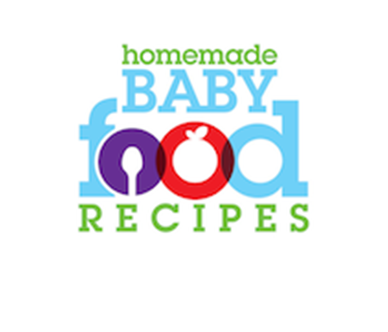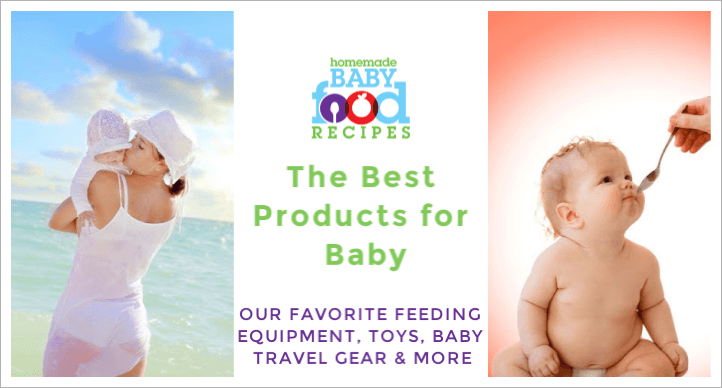Introducing A Sippy Cup To Baby
If your baby is between 6 and 12 months, you’re probably considering introducing a sippy cup of some kind.
This page will answer all your questions about getting to grips with sippy cups, and suggests some alternatives you might want to try instead!
There are a number of reasons for introducing a sippy cup to your baby.
Perhaps you would like to offer him a little water, or maybe you plan to pump your breast milk and have decided to bypass bottles completely, weaning your baby straight to a cup.
You may simply wish to get your baby accustomed to using a cup in readiness for his transition from formula later on.
So at what age should I think about introducing a sippy cup to my baby?
As with so many baby-related questions, the answer to this one is it depends on your baby!
The age at which babies are happy to use a cup varies widely – some will accept one quite readily from as early as 6 months, whereas others display absolutely no interest in a cup until much later.
There is no right or wrong time to start introducing a sippy cup, although a very young baby will – of course – need a lot of help to get started.
What type of sippy cup should I buy for my baby?
Unfortunately, there’s no cut and dried answer to this question and it really comes down to trial and error.
There is an enormous range of cups designed for infants on the market these days and recommending the “perfect” style is impossible!
This is because your baby will have his own opinion and preferences related to sippy cups as he will with everything else – so even though your best friend’s baby is happy with a particular variety, YOUR baby may decide to have nothing to do with it!
A sippy cup is basically a cup with a lid to prevent spills and some kind of spout for your baby to drink from.
Some have handles whilst others don’t – and many are equipped with valves that prevent leakage even if the cup is turned upside down.
Many parents, however, find that these type of cups require an awful lot of sucking to release their contents. This can make them difficult for babies – particularly younger ones – to use comfortably.
Other cups offer a more “free-flowing” spout – they may be messier, but they do help your baby quickly understand what drinking from a cup is all about!
My baby refuses to use a sippy cup
This is a very common concern with parents who worry (quite unnecessarily) that their babies are somehow ‘falling behind’ if not using a cup by the end of their first year. If this sounds like you, please be patient.
It is by no means essential that your little one use a sippy cup at this stage.
In fact, supplemental water and juice are, in most cases, unnecessary before your baby’s first birthday.
It is never a good idea to compare your baby’s skills to others – remember that all babies progress differently and handling a sippy cup may just not be your little one’s area of expertise!
Tips for successfully introducing a sippy cup
- If you are using a cup with a valve and your baby simply doesn’t seem to be able to suck hard enough to get a drink, then try removing the valve. Be on hand to guide your little one, though, as the liquid will flow a lot faster!
- If your baby seems completely disinterested, it may be that he doesn’t realize there’s actually something IN the cup! Dip the spout into the liquid and let your baby have a taste – it might just get him interested!
- Demonstrate to your little one just how the cup is used. Make lots of appreciative sounds so that your baby really want to taste the cup’s contents, too! Or ask an older brother or sister or little friend to show your baby how to use his cup – babies love to mimic others, so this may be just the incentive that he needs!
- Avoid giving your baby the cup when he’s particularly grumpy, or when he’s tired. If he’s very thirsty, he’ll find the cup frustrating and may become tearful. The best time to encourage your baby to use a cup is early in the morning, when he’s wide awake and cheerful!
- If your baby refuses one type of cup, then try another. You may need to try several styles before you find one that he likes. The best type of cup to start with is often one with a soft, rubbery spout, which will feel more like a nipple and therefore more familiar to your baby. A good, money-saving tip is to invest in a feeding set with interchangeable spouts. These sets usually contain bottles on to which you can attach either a sippy spout or a regular nipple.
- Some parents encounter problems where their babies associate certain drinks with certain cups. So if you plan to give your baby breast milk or formula from the sippy cup, then you should put milk into the cup the first time that you give it to him. If you put in juice or water, then he may see the cup as being JUST for juice or water and could refuse to take milk from the same cup.
IMPORTANT NOTE: Dentists advise that sippy cups should only be used in moderation. You should never put your baby to bed with a cup of juice or milk, because the liquids will “pool” around his teeth, causing dental decay.
And be sure to clean your baby’s cup very carefully – the valve needs particular attention, as it is a great place for harbouring bacteria!
Is introducing a sippy cup essential?
Absolutely not – many parents choose not to use them and it’s worth remembering that sippy cups didn’t even exist when WE were growing up!
There are certainly some disadvantages to introducing a sippy cup.
- Many speech therapists believe that using a sippy cup for an extended period of time can affect the speech skills and oral development of babies.
- Some parents find certain types of sippy cup unhygienic, because the valves need such regular and scrupulous cleaning. Others are unhappy about giving their baby a plastic drinking vessel. (The Klean Kanteen Sippy (from Amazon) is the perfect alternative if you prefer to avoid plastic).
- Babies can become “attached” to sippy cups in the same way as they become attached to bottles. This means that you may have a battle on your hands when you decide that it’s time for your little one to give up the cup.
- Some breastfeeding mothers have come across problems after introducing a sippy cup with a valve. This is because cups with valves need a strong sucking action. This can cause your baby to latch on a little differently as he gets used to using the cup… and you may find this painful. The best option might be to use a free-flowing spout, or look for an alternative to using a sippy cup.
Alternatives to sippy cups
- Using a straw. You may find that your baby will happily drink through a straw from a regular cup. The best way to help him cope is to cut the straw down to a suitable length (put the cut end into the drink, as it may be a little sharp). Only allow your baby to use a straw when safely seated – it is very dangerous for him to walk or run with a straw in his mouth.
- Shot glasses. Some parents find that shot glasses are perfect for their little ones (strictly supervised, of course). They are an ideal size for little hands and mouths and won’t hold much – meaning less mess from spills!
- Plastic egg cups. Recommended to us by a visitor to our site, plastic egg cups are not only the perfect size for baby – they are also a safe option if you find the thought of using a shot glass a little too scary!
We love...

Better For Your - Kids Toddler Stainless Steel Double Wall Tumbler Cups - from Amazon
They are the perfect size, plus they're durable. What's more, they're made from stainless steel, which keeps liquids tasting fresh.
Tell us about your experiences introducing a sippy cup to YOUR baby. Have you discovered a new way of getting your little one to accept a cup? Have you found a good alternative?
Please contact us and share your story!
Learn more about…
Including brown rice in your baby’s diet


